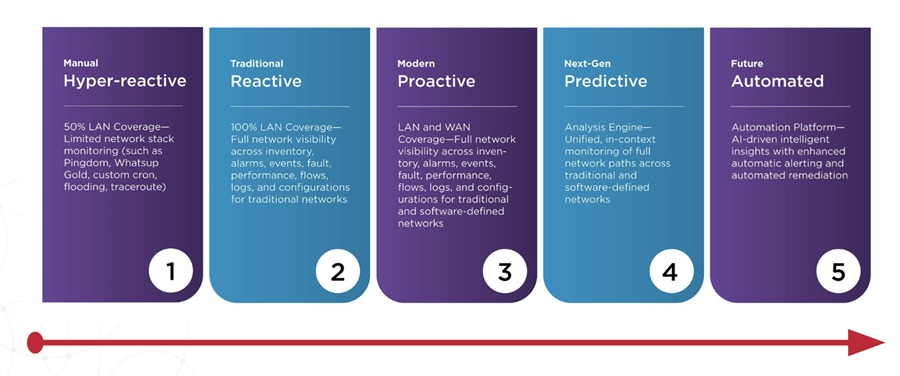
In my last blog, I discussed strategies for dealing with the complexities of monitoring performance in the various stacks that make up a cloud implementation. Here, we will look at ways to detect trends, analyze your data, and act on it.
The first requirement for detecting trends in application performance in the cloud is to have good information delivered in a timely manner about each stack as well as the application.
We acquire this information via data collectors that harvest all relevant indicators within the same clock tick. For example: response time, GC activity, memory usage, CPU Usage. Doing this within the same clock tick is called serialization. It is of little use to know I have a failed transaction at time X, but only have CPU and memory data from X minus 10 minutes.
Next, we require a history for each metric. This can be maintained in memory for near real-time analysis, but we also need to use slower storage for longer-term views.
Finally, we apply pattern matching to the data. We might scan and match metrics such as “find all applications whose GC is above High Bollinger Band for 2+ samples.” Doing this in memory can enable very fast detection across a large number of indicators.
Here are three steps you can use to detect performance trends
1. Measure the relevant application performance indicators on the business side such as orders filled, failed or missed. And then, measure the ones on the IT side such as JVM GC activity, memory, I/O rates.
2. Create a base line for each relevant indicator. This could a 1- to60-second sampling for near real-time monitoring. In addition set up a 1-, 10- and 15-minute sample or even daily, weekly or monthly for those longer in duration. You need both.
3. Apply analytics to determine trends and behavior
Keeping it Simple
Applying analytics can be easier than you expect. In fact, the more simple you keep it, the better.
The following three simple analytical techniques can be used in order to detect anomalies:
1. Bollinger Bands – 2 standard deviations off the mean – low and high. The normal is 2 standard deviations from the mean.
2. Percent of Change – This means comparing sample to sample, day to day or week to week, and calculating the percentage of change.
3. Velocity – Essentially this measures how fast indicators are changing. For example, you might be measuring response time and it drops from 10 to 20 seconds over a five-second interval or (20-10)/5 = 2 units/sec. With this technique, we are expecting a certain amount of change; however, when the amount of change is changing at an abnormal rate, we have most likely detected an anomaly.
Now That You Know ... Act On It
After the analysis, the next activity is to take action. This could be alerts, notification or system actions such as restarting processes or even resubmitting orders. Here, we are connecting the dots between IT and the business and alerting the appropriate owners.
And In Conclusion
Elastic cloud-based applications can’t be monitored effectively using static models, as these models assume constancy. And the one thing constant about these applications is their volatility. In these environments, what was abnormal yesterday might likely be normal today. As a result, what static models indicate may be wrong.
However, using a methodology comprised of gathering both business and IT metrics, creating automated base lines and applying analytics to them in real time can produce effective results and predict behavior.
Albert Mavashev is Chief Technology Officer at Nastel Technologies.


